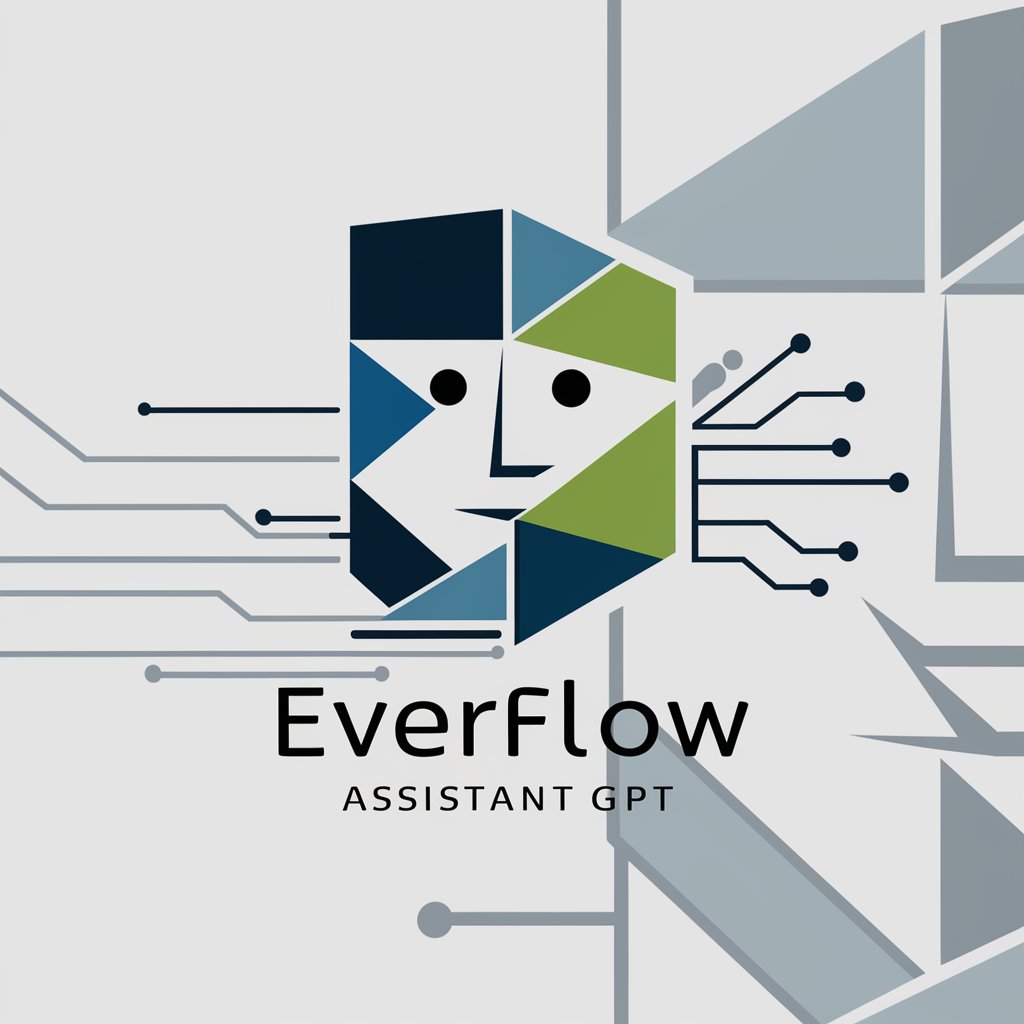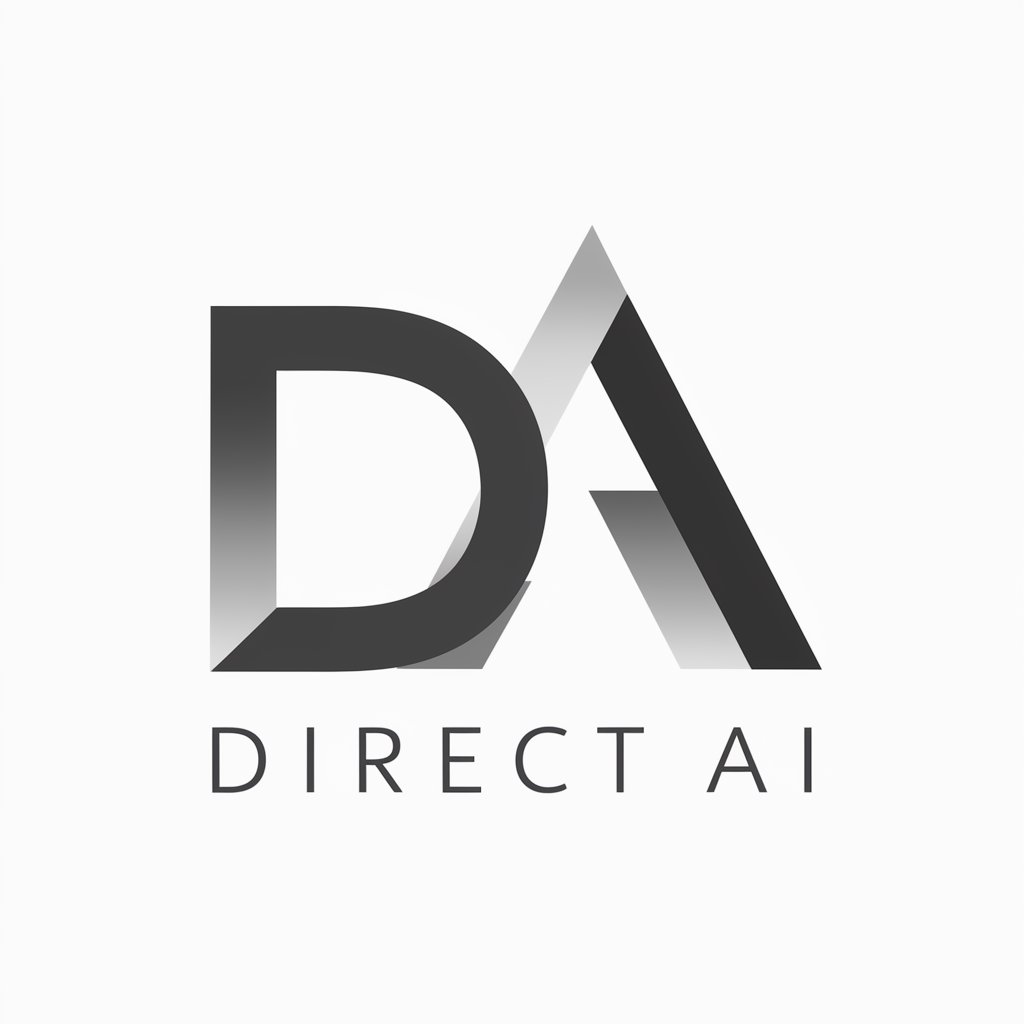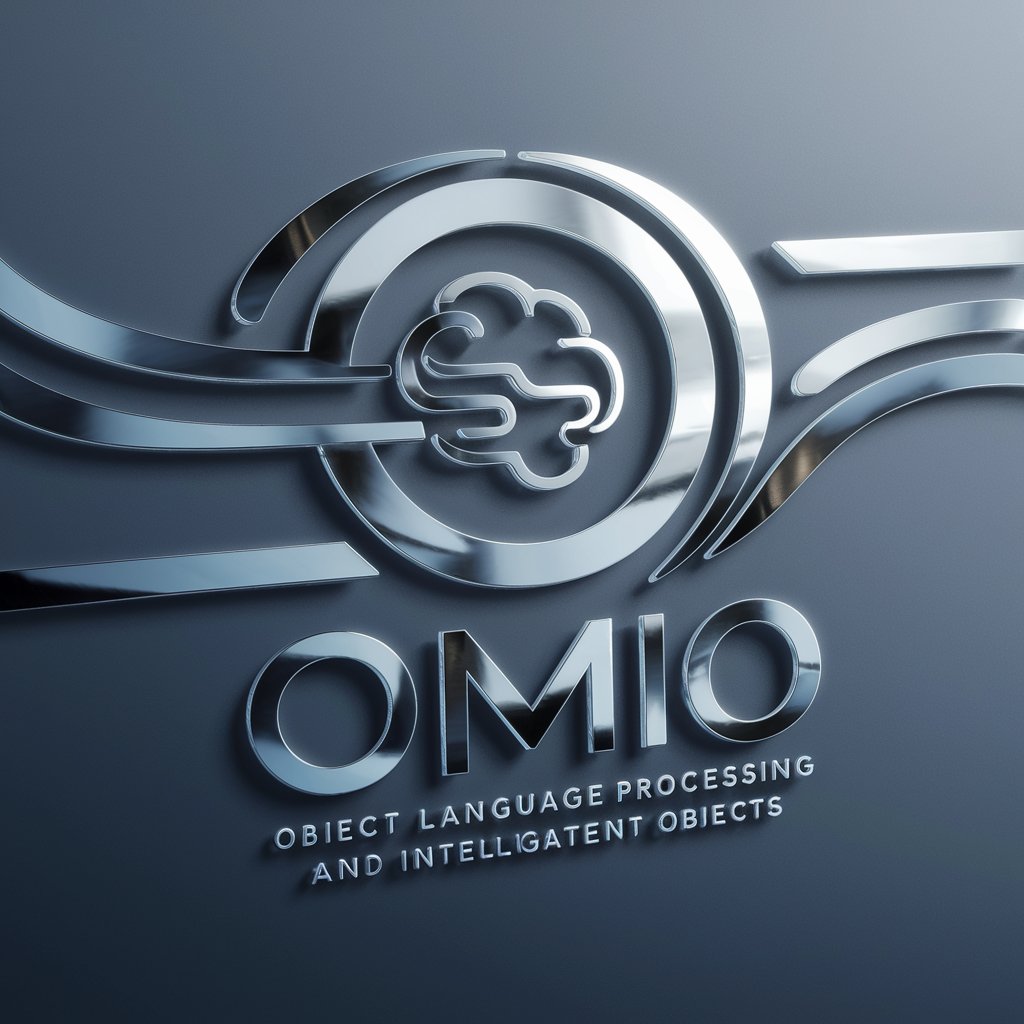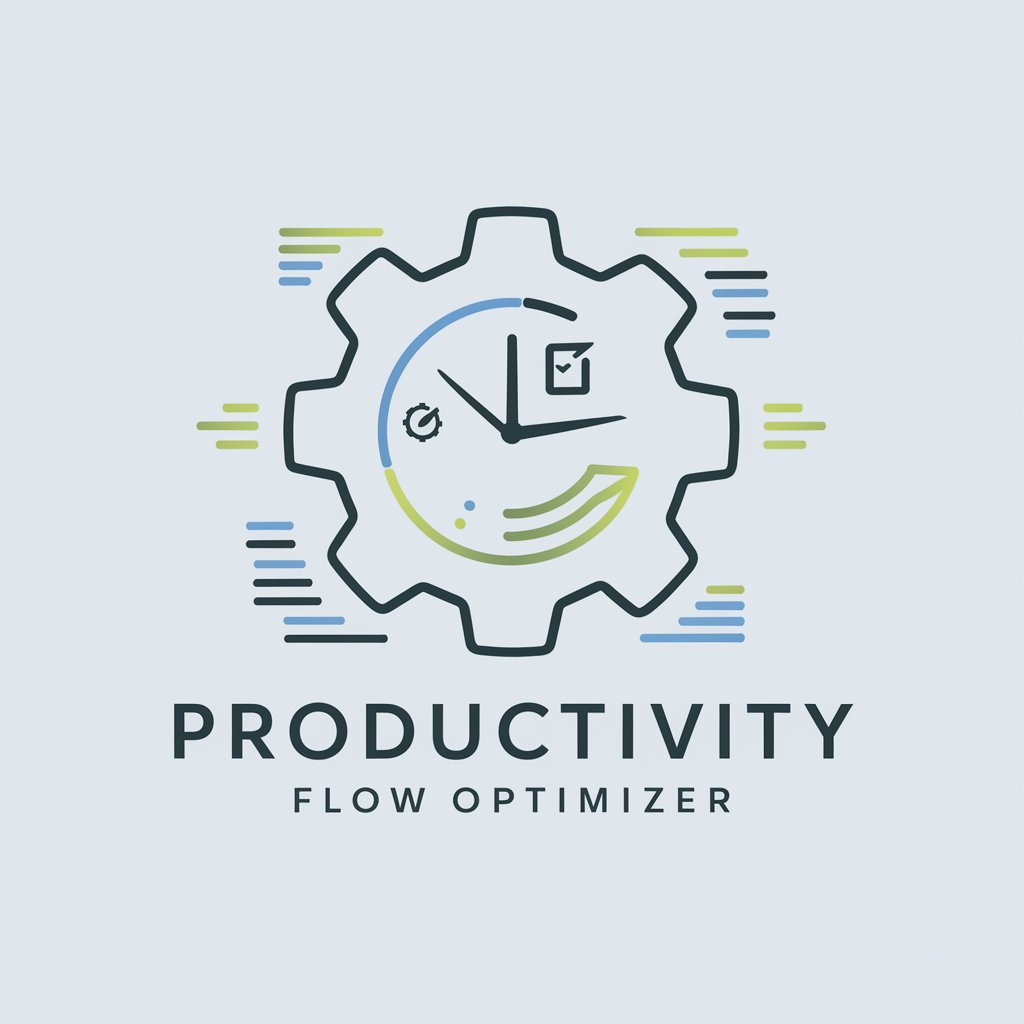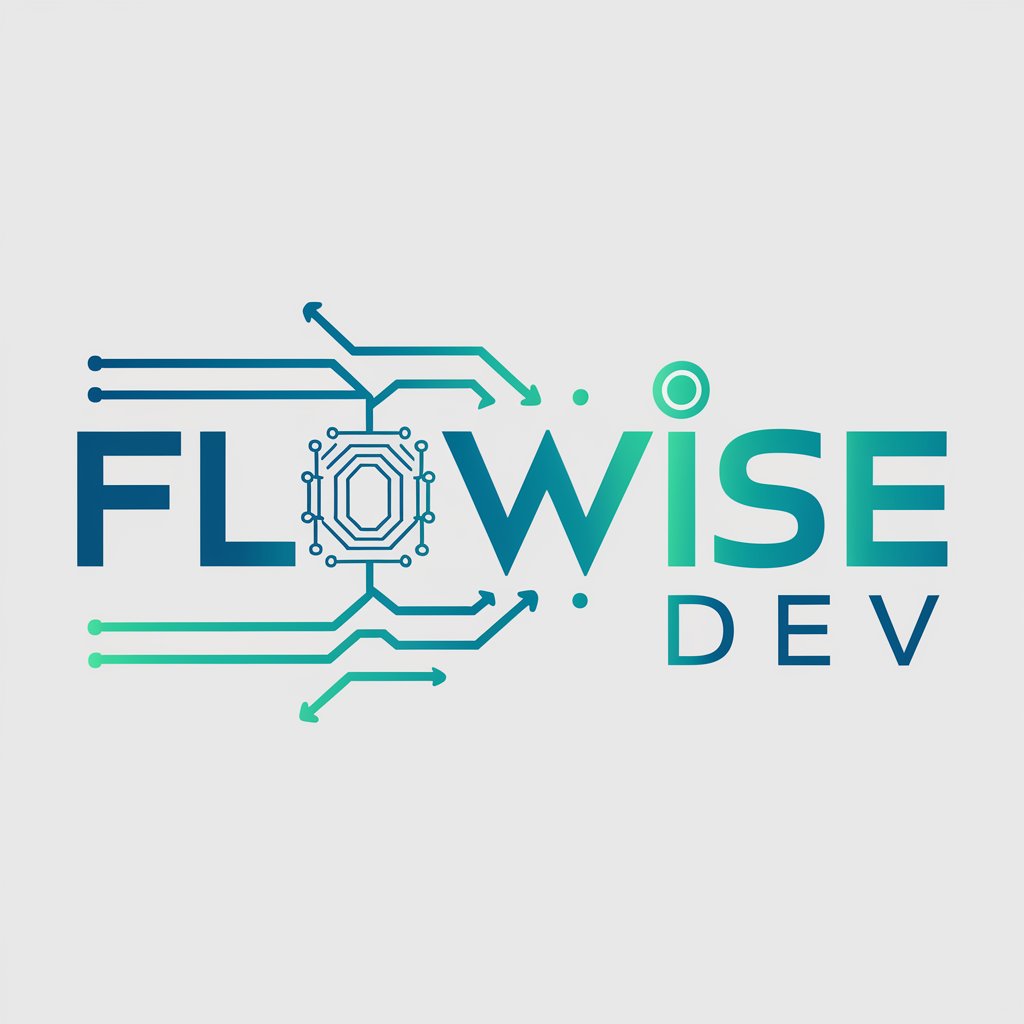
OptiFlow AI - AI-Powered Traffic Management
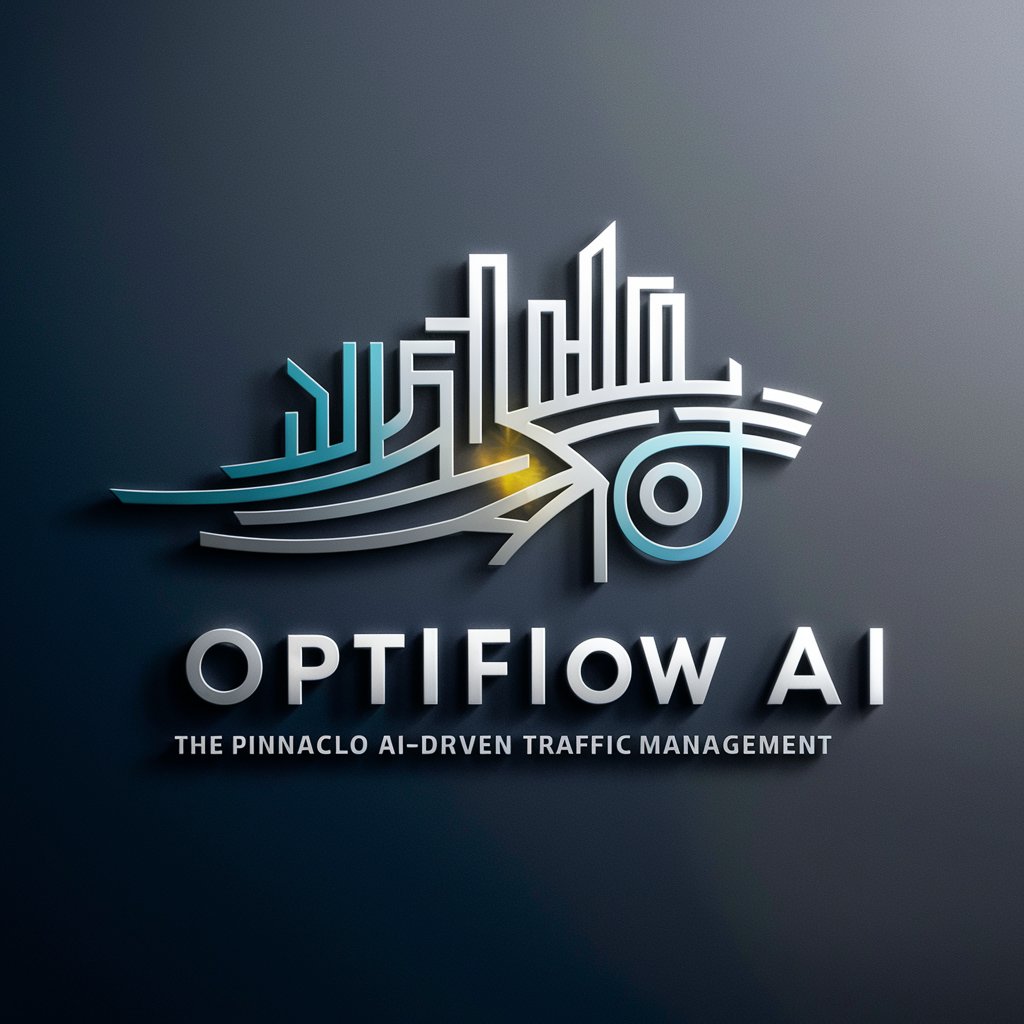
Welcome to OptiFlow AI, the future of traffic management.
Streamlining Urban Mobility with AI
Imagine a future where urban traffic...
Incorporating cutting-edge machine learning, OptiFlow AI...
Seamless integration of different transportation modes...
Focused on sustainability and safety, our traffic management system...
Get Embed Code
Introduction to OptiFlow AI
OptiFlow AI represents a pioneering approach to managing urban traffic through advanced AI technologies. Its core purpose is to analyze, predict, and optimize traffic flow in real-time, harnessing a diverse range of data sources for a holistic view of urban mobility. By integrating dynamic route optimization, traffic signal control, and multimodal traffic modeling, OptiFlow AI ensures efficient coordination among various modes of transportation. A scenario illustrating its functionality could be during peak traffic hours in a metropolitan area, where OptiFlow AI dynamically adjusts traffic signal timings and suggests alternative routes to drivers and public transport systems to alleviate congestion. Its design emphasizes adaptability to different urban landscapes, a continuous learning mechanism for improving traffic predictions over time, and a commitment to sustainability by reducing emissions through optimized traffic flow. Powered by ChatGPT-4o。

Main Functions of OptiFlow AI
Dynamic Route Optimization
Example
During a major event in the city causing unexpected road closures, OptiFlow AI quickly recalculates and disseminates alternative routes to drivers and public transportation systems, minimizing delays and avoiding traffic build-up.
Scenario
This function proves invaluable during city marathons, where road closures are common, ensuring smooth traffic flow and accessibility for emergency services.
Traffic Signal Control
Example
By analyzing real-time traffic data, OptiFlow AI adjusts traffic signal timings to improve flow and reduce waiting times at intersections. This is particularly effective during rush hours, where it can dynamically adapt to changing traffic conditions.
Scenario
An example scenario is the optimization of traffic signals in a busy downtown area, significantly reducing congestion and improving the commute experience for all road users.
Multimodal Traffic Modeling
Example
OptiFlow AI integrates data from various transportation modes, including cars, buses, bikes, and pedestrian flows, to create a comprehensive traffic model. This allows for the coordination of traffic signals and route suggestions that consider all types of urban mobility.
Scenario
A practical application is seen during large public events, where OptiFlow AI ensures a harmonious flow of pedestrian and vehicular traffic, enhancing safety and accessibility.
Ideal Users of OptiFlow AI Services
Urban Planners and City Administrators
These professionals can leverage OptiFlow AI to implement more effective traffic management strategies, plan for future infrastructure projects, and respond more dynamically to urban growth and changing mobility patterns.
Public Transportation Authorities
They benefit from OptiFlow AI by optimizing bus and train schedules, improving the efficiency of public transportation networks, and offering a better service to commuters.
Emergency Services
OptiFlow AI can provide real-time traffic data and optimal routing to emergency responders, ensuring the fastest possible response times during critical situations.
Drivers and Commuters
Individuals benefit from reduced travel times and congestion, thanks to OptiFlow AI's dynamic route suggestions and traffic optimizations, contributing to a more pleasant and efficient commuting experience.

Getting Started with OptiFlow AI
1. Begin Your Journey
Start by visiting yeschat.ai to access a free trial of OptiFlow AI, no login or ChatGPT Plus subscription required.
2. Define Your Needs
Identify the specific traffic management challenges you are facing, such as congestion, inefficient traffic signals, or route optimization needs.
3. Input Data
Upload relevant traffic data, including real-time traffic conditions, historical traffic data, and urban layout maps to the OptiFlow AI platform.
4. Customize Settings
Adjust the settings to tailor the OptiFlow AI analysis and predictions to your city's specific requirements and objectives.
5. Analyze and Implement
Review the recommendations and insights generated by OptiFlow AI, and apply the suggested strategies for traffic optimization in your urban area.
Try other advanced and practical GPTs
Fun 【ONE PIECE】 quiz game
Master the Seas of Knowledge

Ads & Analytics Ace
Elevate Your Ads with AI
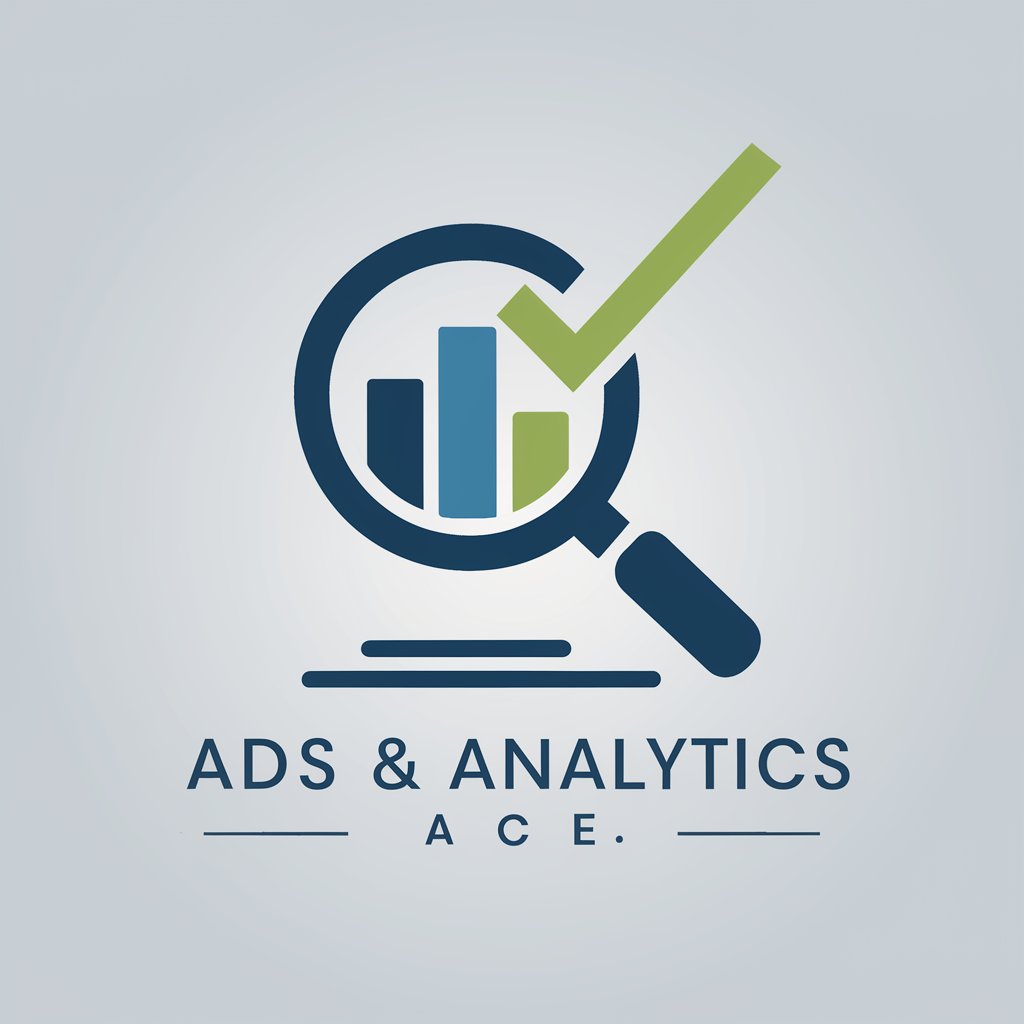
JKL교수와일하기
Tailored Strategies for Academic Success
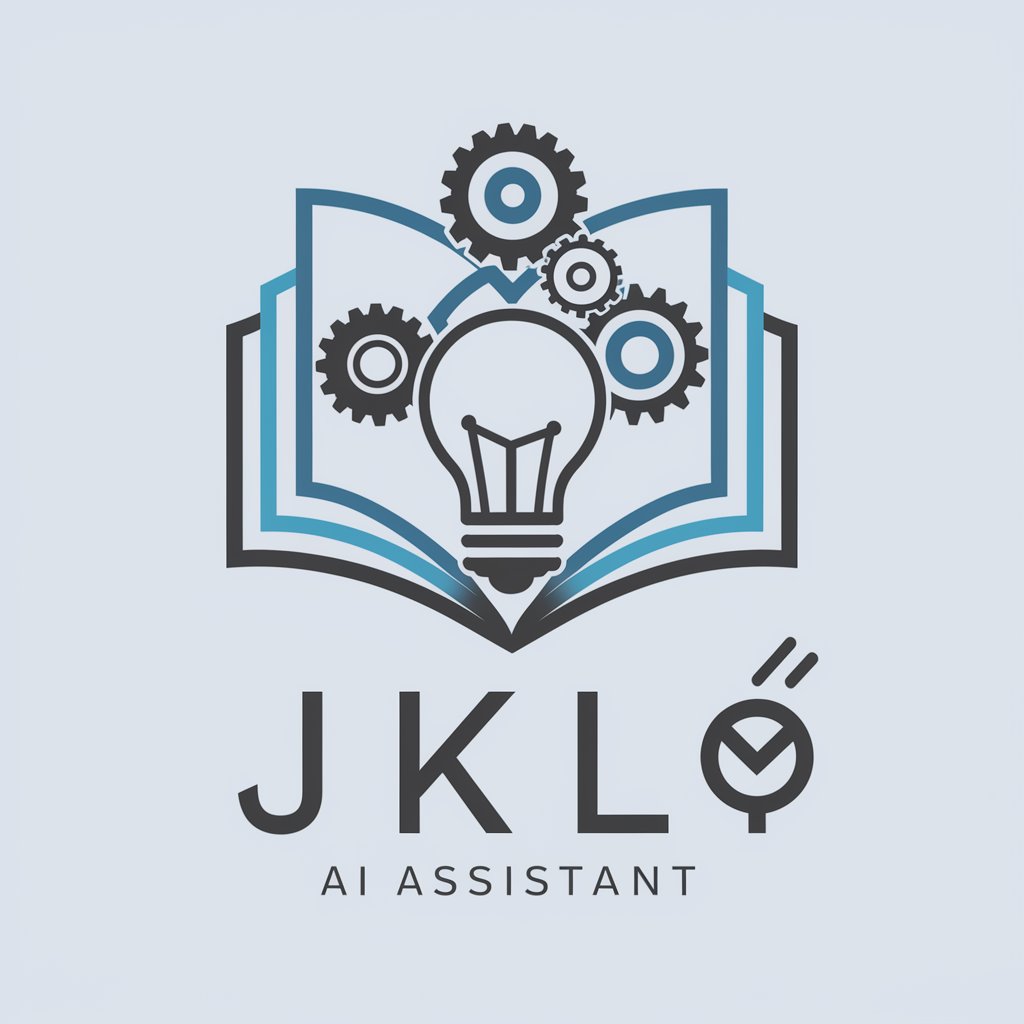
Dada Chaucer
Where history meets whimsy, powered by AI.

Code Maven
Empowering coders with AI-driven insights

Fantasy Football Coach
Your AI-powered fantasy football strategist

Fresh Eye
Discover movies without the spoilers.

Unity Adventure Creator Game Expert
Create immersive adventure games without coding.

Code Grader by Mojju
Elevate Your Code with AI Insights

GuideBot
Enhancing Conversations with AI Insight
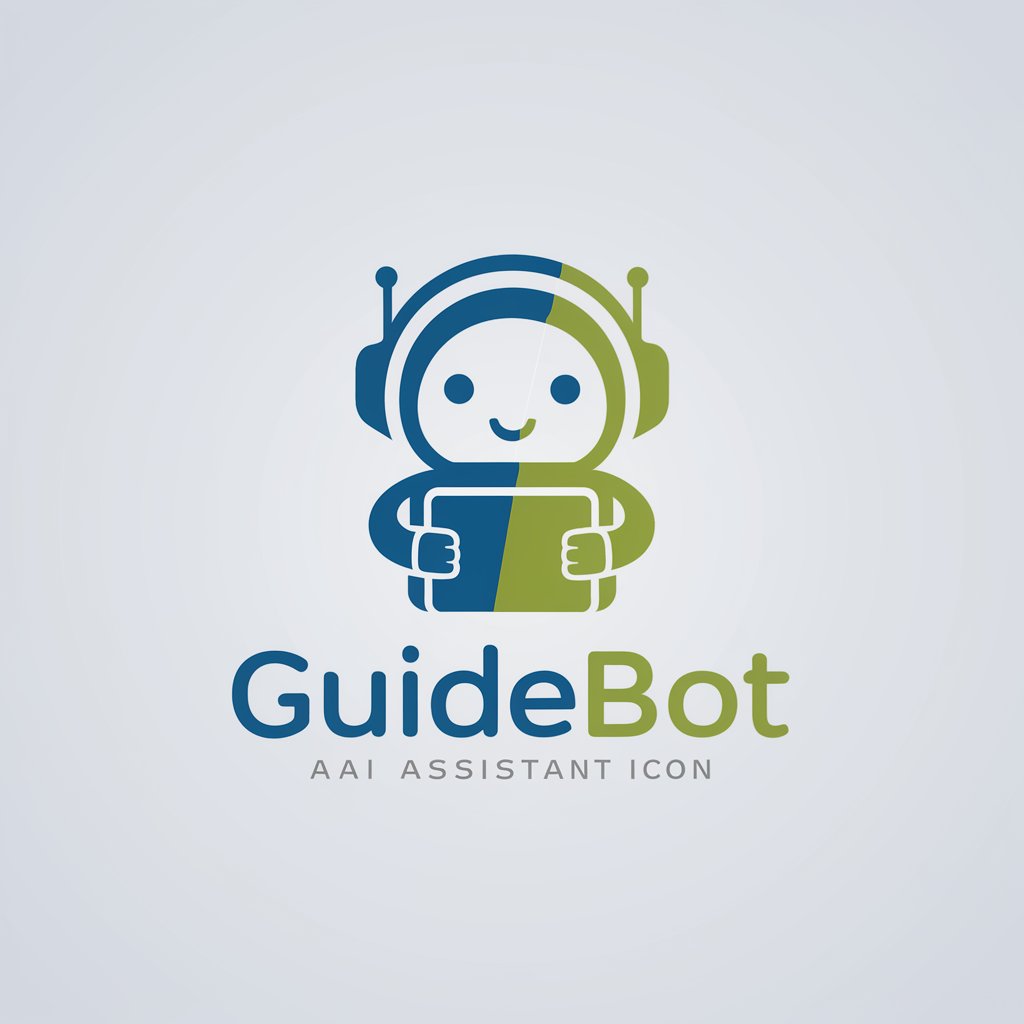
Language Teacher
Empower Your Language Journey with AI

Song Detective
Deciphering music with AI precision.
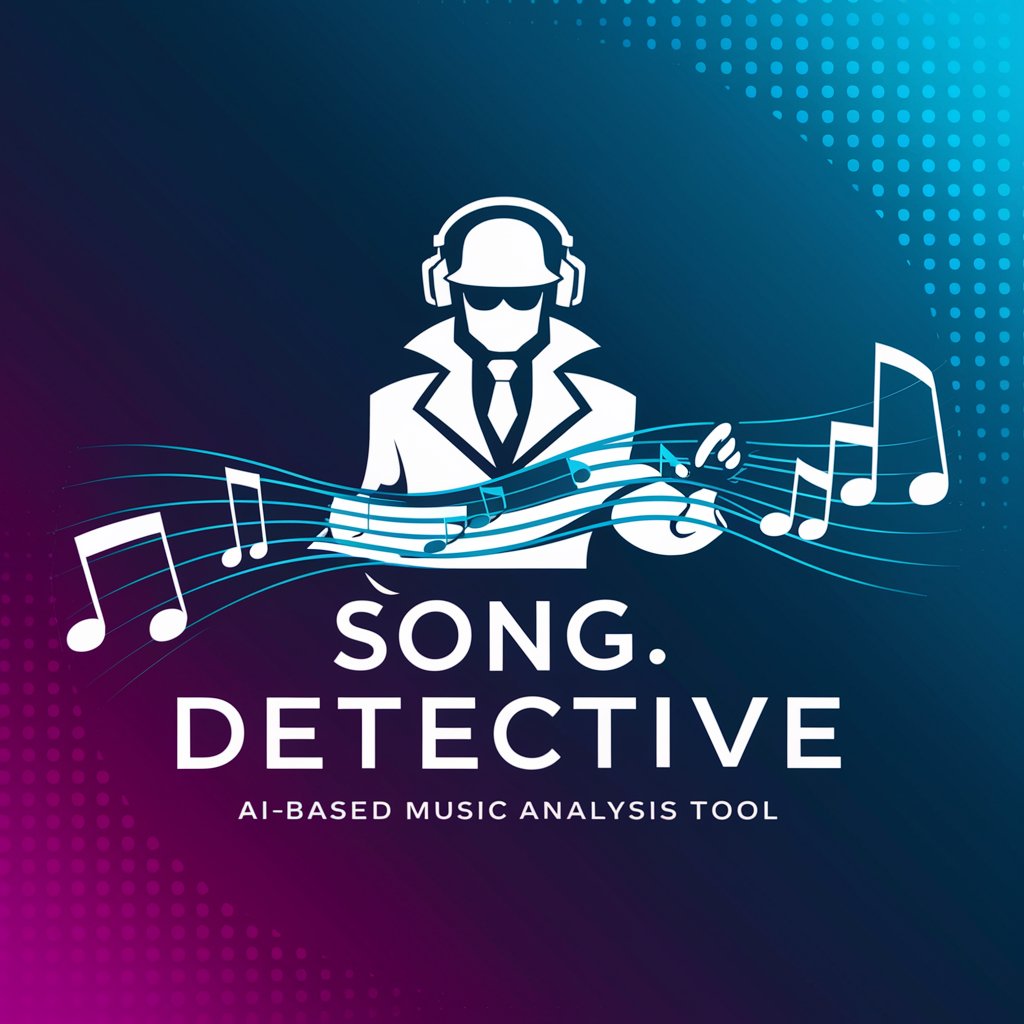
OptiFlow AI FAQs
What is OptiFlow AI?
OptiFlow AI is a sophisticated AI-driven tool designed to analyze, predict, and optimize urban traffic flows. It utilizes a variety of data sources to offer comprehensive solutions for dynamic route optimization, traffic signal control, and multimodal traffic modeling.
How does OptiFlow AI enhance traffic management?
By integrating real-time data analysis and machine learning algorithms, OptiFlow AI provides actionable insights for reducing congestion, improving traffic signal efficiency, and enhancing overall urban mobility, leading to more sustainable and safer cities.
Can OptiFlow AI be customized for any city?
Yes, OptiFlow AI's adaptable framework allows it to be tailored to the unique challenges and infrastructure of different urban landscapes, ensuring optimal traffic management solutions regardless of city size or complexity.
How does OptiFlow AI ensure data privacy?
OptiFlow AI employs a robust privacy framework that secures and anonymizes user data, ensuring that all information used for traffic management solutions is handled with the utmost confidentiality and integrity.
What makes OptiFlow AI unique in traffic management?
OptiFlow AI's unique combination of continuous learning mechanisms, adaptability to various urban environments, and commitment to ethical, sustainable practices sets it apart as a leading solution in AI-driven traffic management and urban planning.
